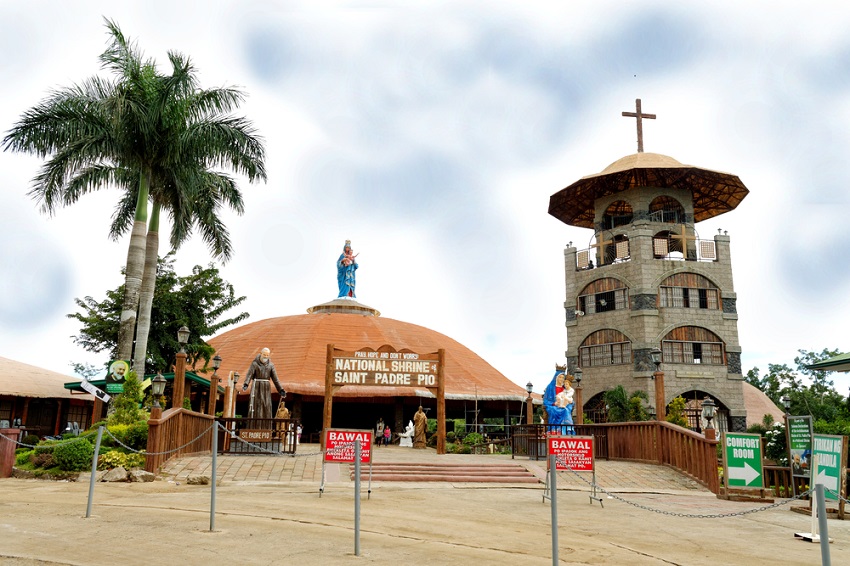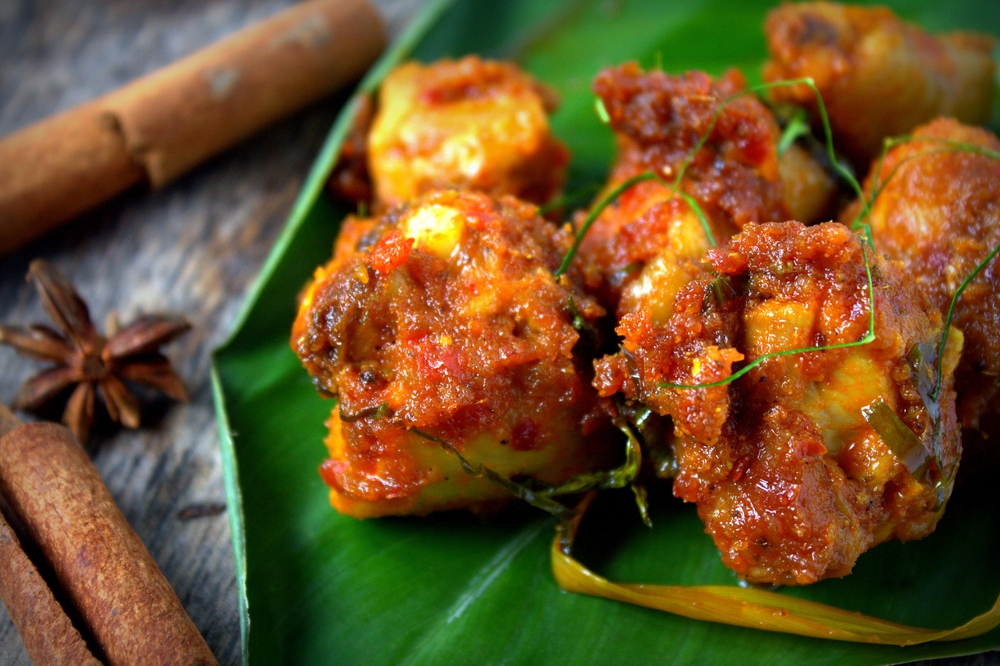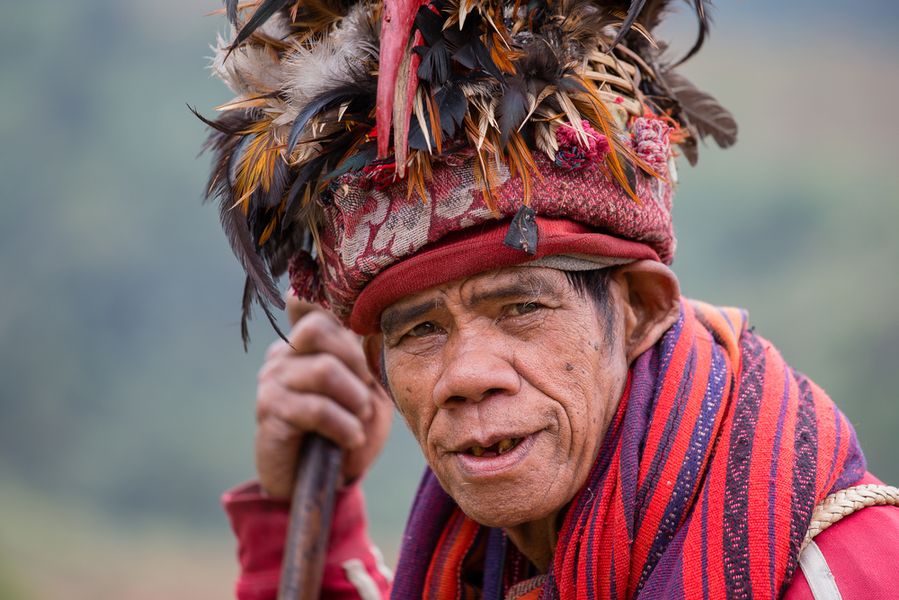Philippines - belief and religion
The Philippines have varied religions and sets of beliefs since ethnic groups are diverse as much as 106 groups. Though most populations are Christian due to Spanish influences spreaded in the 16th century (Jesudas M.Athyal,Editor, 2015:223), tribal beliefs are still present. The Ifugao, for example, worship ‘Bulol’, God of Plenty and believe in Lingling-O Pendant Necklace, a symbol of biped animals (วลัยลักษณ์ ทรงศิริ, 2559). Moreover, the indigenous people whose belief persists in Creator, the ‘Bathalang Majkapall’ god, conduct their ceremonies that involve praying and offering sacrifices to gods and holy spirits. They also pay respect to the nature, sun, moon, starts, shooting starts, long-lived trees, rivers, extraordinary stones and some animals like birds and crocodiles. The life-after-death belief that still lives on to this very day states that if you do good deeds, you will find your place in heaven. On the other hand, if you intend wrongful deeds, are unkind and unfair, you will be punished and find your place in hell. The predominantly religions like Islam or Christianityhave played a vital role in people’s beliefs and ways of life including political aspect that lead to the demand for Muslim autonomous state. The Moro, for instance, formed the separatist group residing in the South of the Philippines.
Islam
Islam is the first religion arriving at this land in the 14th century as originated by Muslim-Persian traders. Information in 2012 shows Muslim is 11% out of the whole populations of the Philippines (Wikipedia, 2016) signifying a great difference from other neighboring countries in Southeast Asian Peninsula such as Indonesia and Malaysia where majorities of their populations are Islamic. However, Islamic people in the Philippines are a minority group densely populated in the South. It is historical dynamics that the first arrival Islam could spread and convert people on this land less than Christianity.
Christianity
It is well-known that Christianity is an official religion of the Philippines where its emergence was heralded by the Spanish colonizers. 90% of the populations (Wikipedia, 2016) are Roman Catholic and Protestant Christian introduced to the region by Americans in the 19th century. So, the Philippines are one of the countries that have the most Christian in the world and in Southeast Asia.
When Christianity came into existence on this land, it mixed with other tribal beliefs. Therefore, it is not as pure as the original. Now the Philippines have two high-ranking cardinals whose political influences are present. Even though the Philippines Constitution clearly secularizes the country, the cardinals act as spiritual leaders. Cardinal Jaime Sin, for instance, joined anti-government rallies with the people to express disapproval of former President Marcos and Estrada. He succeeded both times (วรางคณา นิพัทธ์สุขกิจ, 2555:31).
Another particular reason why most of the Filipinos are Roman Catholic Christian is that those who belong to this religion are entitled to tax exemption and other benefits provided by the government under the guardian of minister. In conclusion, Christianity is essential to the Filipinos for that it is not only the spiritual anchor, but also life security (วรางคณา นิพัทธ์สุขกิจ, 2555:31).
Bibliography
Jesudas M.Athyal,Editor. (2015). Religion in Southeast Asia. California.
Wikipedia. (21 April 2016). Christianity in the Philippines. เรียกใช้เมื่อ 30 May 2016 จาก Wikipedia The Free Encyclopedia Web site: https://en.wikipedia.org/wiki/Christianity_in_the_Philippines
Wikipedia. (30 May 2016). Islam in the Philippines. เรียกใช้เมื่อ 30 May 2016 จาก Wikipedia The Free Encyclopedia Web site: https://en.wikipedia.org/wiki/Islam_in_the_Philippines
วรางคณา นิพัทธ์สุขกิจ. (2555). ฟิลิปปินส์ประวัติศาสตร์แห่งการต่อสู้. กรุงเทพมหานคร: เมืองโบราณ.
วลัยลักษณ์ ทรงศิริ. (17 เมษายน 2559). "ลิงลิงโอ" เครื่องรางก่อนประวัติศาสตร์ ที่ยังคงสืบเนื่องความหมายสำหรับชาวอิฟูเกาในฟิลิปปินส์. เรียกใช้เมื่อ 15 พฤษภาคม 2559 จาก เว็บไซต์มูลนิธิเล็ก-ประไพ วิริยะพันธุ์: http://lek-prapai.org/home/view.php?id=5030





